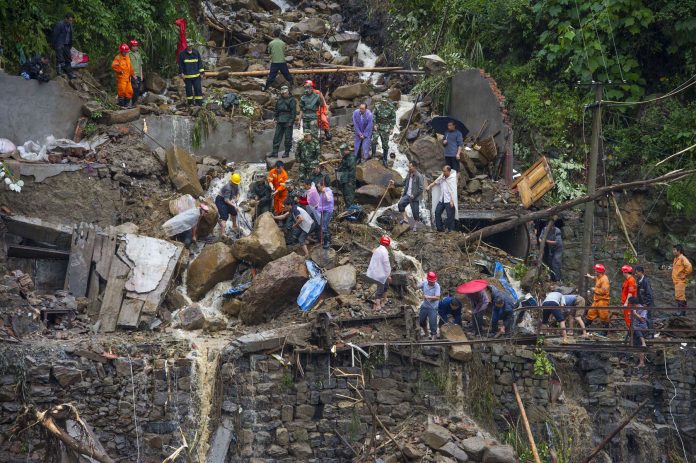
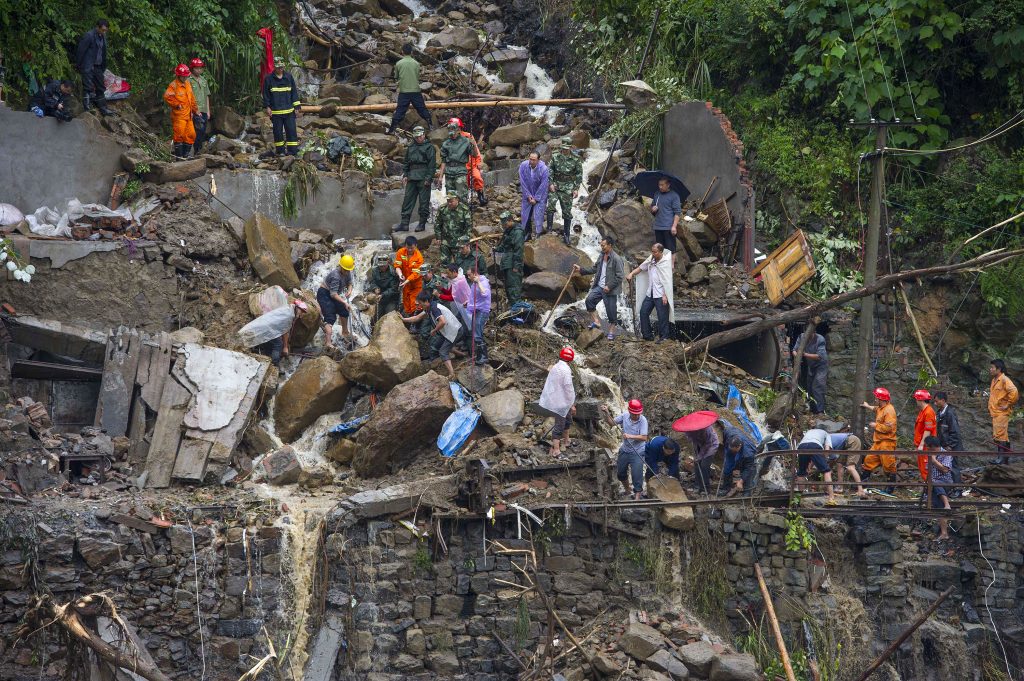
By YD Bar-Ness
What goes up must come down. All of the massed materials in and on the hills and mountains of our planet are constantly yearning to give way. In the long term, slopes are inherently unstable things. Eventually, mountainsides slip and crumble. This process is happening invisibly as the sediments travel downstream in the waterways, but it can also occur as terrifying events known as landslides.
Landslides can come in many forms. They can be composed of rock, soil or mud. They can be fast and dangerous, or they can be creeping and unnoticeable. They can be visible as huge scars on mountain slopes, or they can be hidden below the ocean waves. They can be a short slumping of cliffs, or they can be tremendous waves of mud pouring down a volcano. They can begin at a specific point, or they can take the shape of a long horizontal chute.
To help us get a sense of this variety, we can observe some of the results of landslides on Earth and try to interpret their dynamics. When thinking about these natural phenomena, keep in mind some of the contributing factors – steepness angle, rock type, amount of water, soil and vegetation, terrain above, terrain below, climate, and human activity.
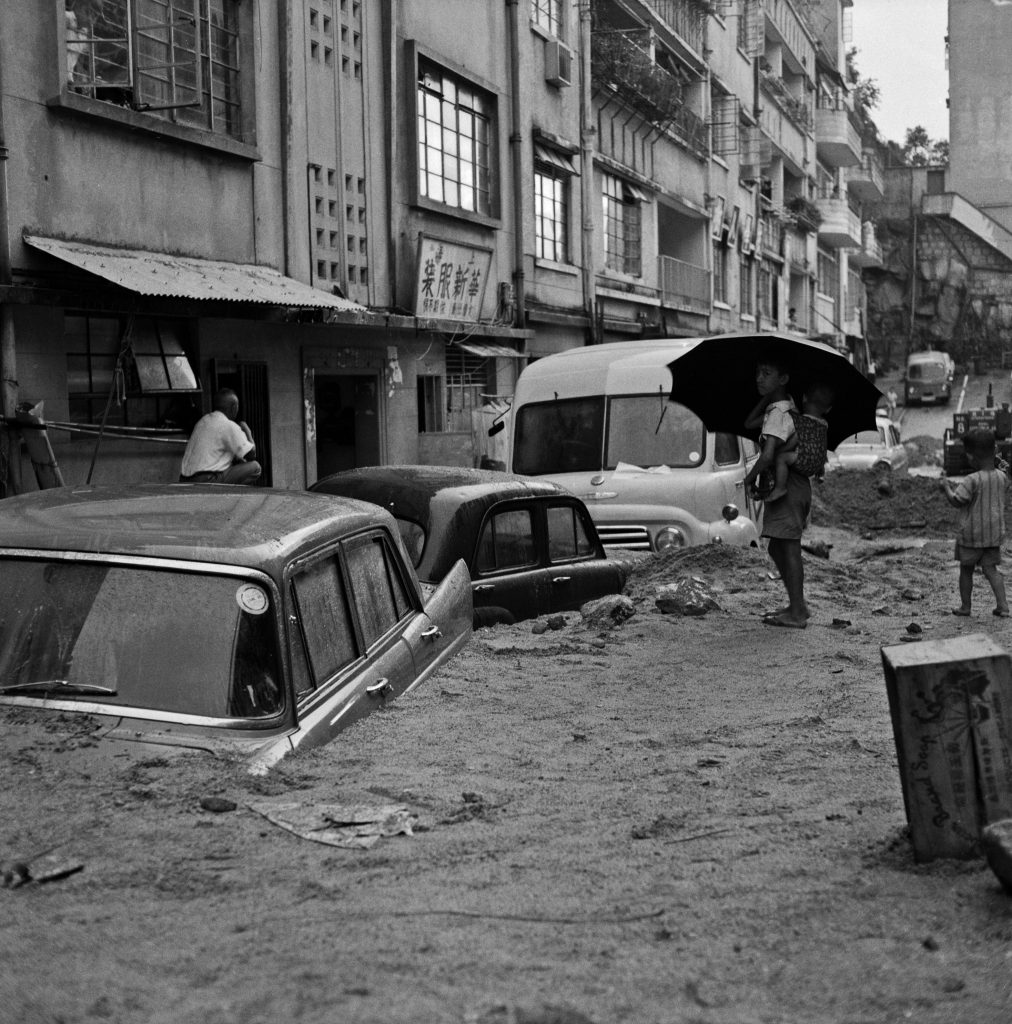
Steep Mountains and Angle of Repose
First, a basic concept: If you had one handful of dry flour in one hand, and a handful of wet sand in the other, and you dropped them onto a table in front of you, would they form a cone of the same shape? The answer: The wet sand would form a taller pyramid than the flour. It can pile up in a steeper cone – it has a higher angle of repose. The rocks and other material that form slopes, similarly, have their own angle of repose. This angle is based mostly on the amount of water and the shape of the material, but also on other factors, such as temperature and vegetation. If an area of land is uplifted beyond its angle of repose, it will eventually slide.
Talus Cones
Sometimes, landslides happen rock by rock. When trekking in the mountains, you might see a talus cone on the slopes, where rocks falling from above are funnelled through the topography to a specific area. These cones are simply piles of rock leaning up the slope at the maximum angle of repose, and paths traversing the slopes often cannot avoid crossing them. While some vegetation may be growing onto the talus, it is usually composed of bare rocks called scree. They can be unstable and irregular underfoot, and are obviously spots of high rockfall danger. Move quickly and carefully past them.

Dammed Lakes
A slide of land can redraw the map. Many natural lakes in mountain valleys have formed after being dammed by the collapse of nearby slopes. When you see a mountain lake or pond, take a look at the outlet where the collected water drains away. What is holding the water back? Is it a change in the underlying rock, or does it appear that something has fallen from above and restricted the water flow? If it’s the latter, you might be seeing the results of a landslide.
Lava and Lahars
On the slopes of volcanoes, you may see signs of lava flow spilling from the summit crater. This is a special kind of landslide, in which rock is falling in liquid form. Also occurring here are lahars, large mixtures of rock, soil and water (sometimes melted ice) that are triggered by volcanic activity. Both lava and lahars happen regularly over geological time and are the source of great soil fertility. Because of this, many settlements have been built in high-risk locations.
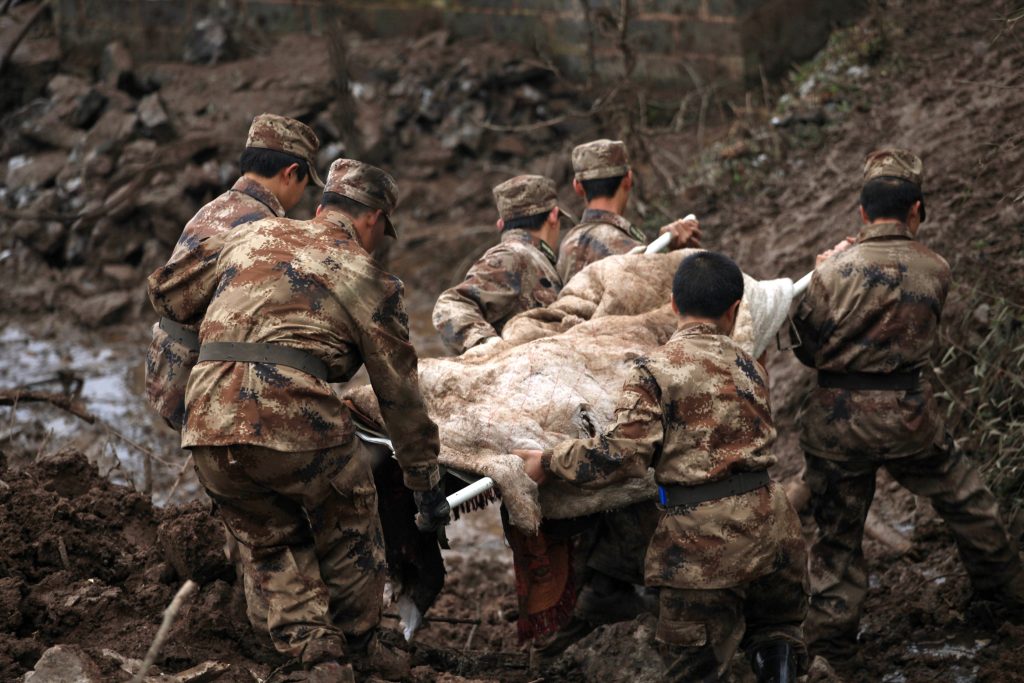
Destruction of Settlements
What you probably will not see are the countless villages that have been lost to landslides over the long history of humanity. Unfortunately, this ancient education has been forgotten too many times – a number of fatal landslides above settlements were triggered by human activity.
The classic example occurs in steep country with high levels of rainfall after the removal of forest. Without the vegetation to stabilise mass and water, the mountainside can slip in a sudden and lethal landslide. Usually, the trigger is heavy rainfall, but deforestation is the true culprit.
Dangerous landslides can also occur in other varieties, such as boulders careening over cliffs, on sandy slopes with a receding rock face above, and at the riverside in steep valleys when landslides high above travel long distances. Be aware of landslide, rockfall, slip and slump dangers when choosing any location. We have few safeguards against these natural hazards except for detection and avoidance.
Beneath the Surface
Of course, landslides can also happen underwater. Using sonar technology, several locations have been detected. These are most prominent at the edge of the continental shelf, but happen in a relatively unknown diversity of forms and pathways in the deeper ocean. Such landslides can trigger large tsunamis and can have profound impacts on life at the coasts.
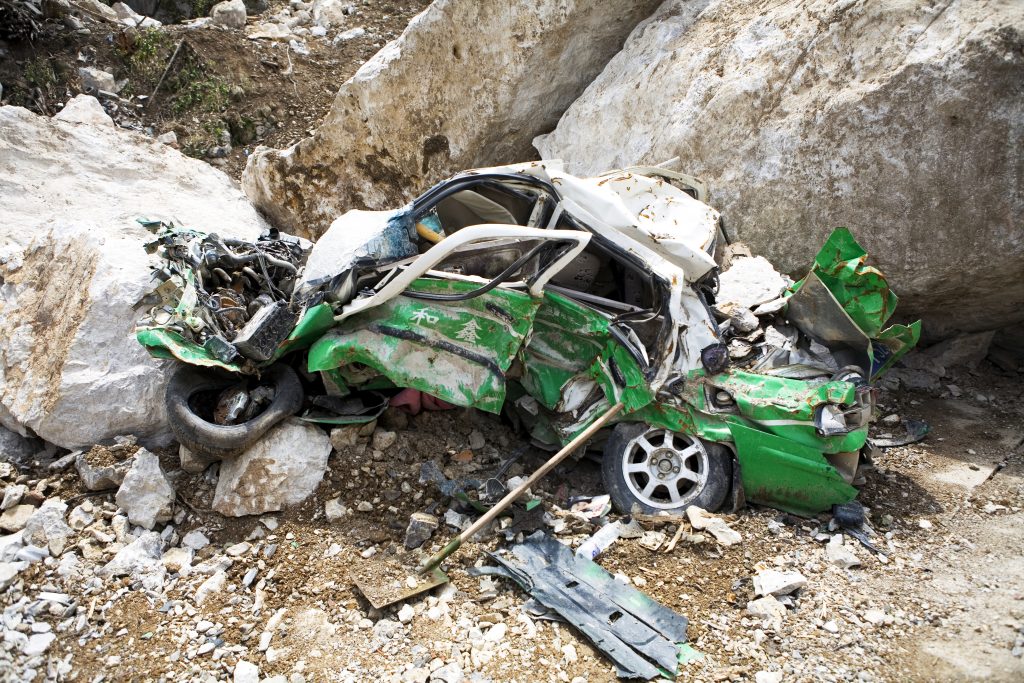
Extraterrestrial
Perhaps of all the landslide geographies ever observed, none have been studied as carefully as those on other planets. The way in which exoplanetary rock slips, tumbles, slides, and crumples tells us a great deal about the landscape, in the same way that you could detect the difference between sand, flour and sugar by the way it forms a pile. Mars and our nearby moon have a large collection of craters. The landslides on the slopes of such craters can offer insights into the formation of planets and craters.
The Saturnian moon of Iapetus is covered with mountains and gorges of super-cold ice. These collapse in a manner similar to rocks here on Earth, and yet they curiously slide much farther along the surface than scientists here would expect. Studying these phenomena may help us understand special earthbound landslides known as sturzstrom, in which landslide material travels long horizontal distances.
A Dance of Gravity and Mass
Landslides are a basic fact of rocky planet geology. The mountains,
uplands and craters were somehow uplifted by some titanic energy – otherwise the planet would be a perfect sphere. Gravity constantly tries to pull that material inwards, and if you keep your eyes open and your wits about you, you’ll be able to see the signs of this dynamic here on Earth.
For more stunning stories and photographs from this issue, check out Asian Geographic Issue 109.










